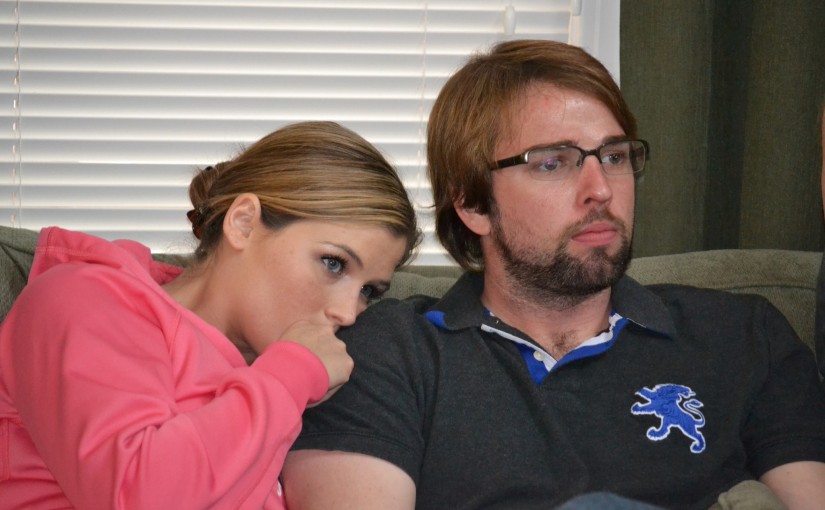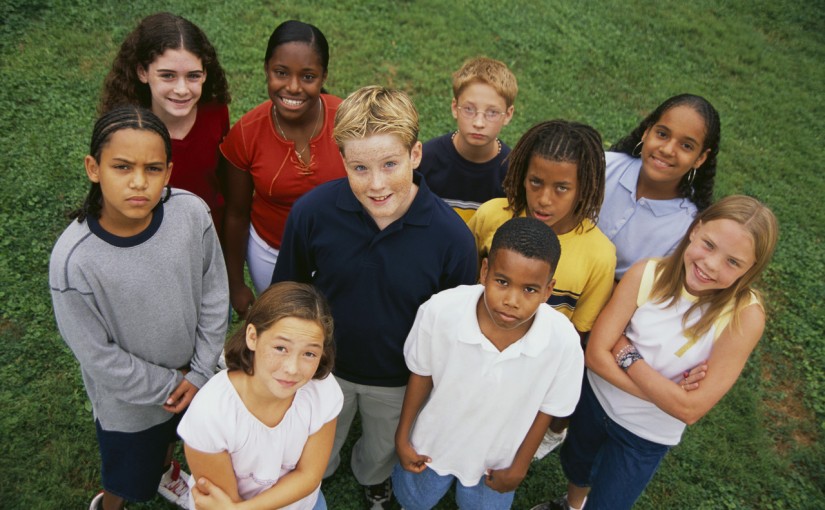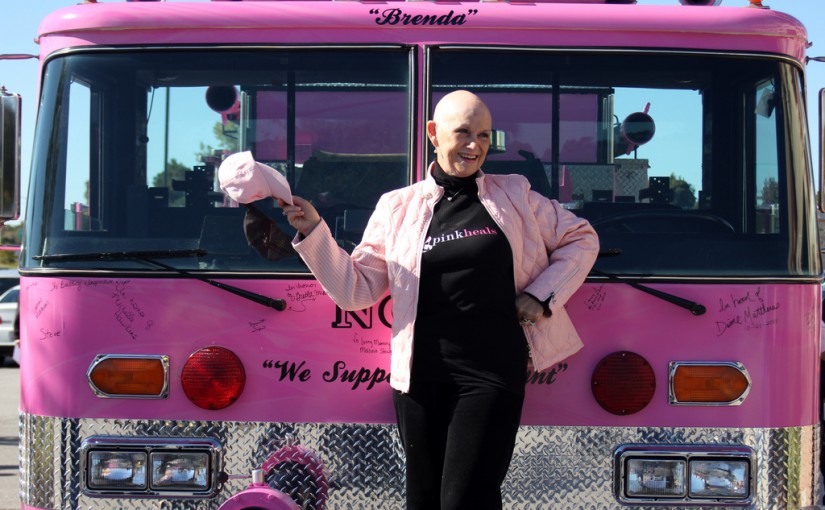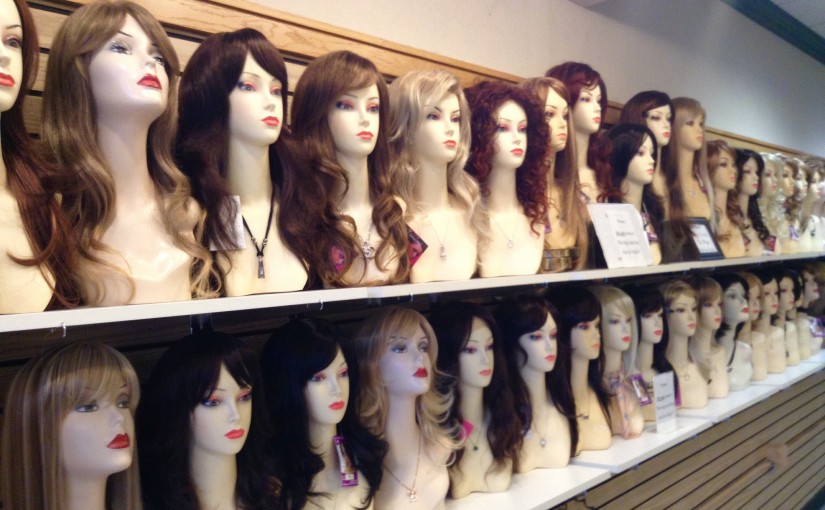There are many stereotypes surrounding autism. One of the most insidious is that autistic people do not feel emotions. Many people see the autistic person as overly logical and even slightly robotic, and like the Dustin Hoffman character in the movie Rain Man, these people view them as an impenetrable collection of tics. As any parent with an autistic child will tell you, this stereotype is a fallacy.
The Science
Children on the autistic spectrum do feel emotions. They feel just as happy, sad, anxious, excited and elated as anyone else. In fact, there is not any external difference between an autistic person’s brain and a non autistic’s brain. However, there are certain emotions that they may have more difficulty with, such as shame, pride, and emotions that are more social in nature. One of the reasons for these difficulties with more subtle emotions is found in an area of the brain used for facial processing. In a non autistic brain, this area is very well developed and entrenched early in life. Studies have shown that in most autistic children this brain region does not seem as well developed. This lack of development in the brains of autistic children results in a seeming lack of motivation to socialize in some people and a difficulty in reading emotions. In addition, the amygdala, a brain area concerned with the processing of emotions is also not as well developed or modulated in an autistic brain. This means that autistic people, as opposed to lacking emotions may instead have difficulty thinking through and processing their own. This difficulty in processing emotions can lead to the autistic child becoming overwhelmed faster and more severely than a non autistic child would, which can cause them to shut down, go nonverbal and have other emotion regulation difficulties at times of stress.
In Practice
The difficulties autistic individuals can have processing their own emotions and reading the emotions of others mean that there are a number of challenges an autistic child must work around. For example, autistic children will overload under stress faster than a nonautistic child will, and they may not be able to communicate what is happening. As a friend or family member of an autistic child, watch for signs that they are becoming overwhelmed. They may cry, cover their faces, go non-verbal or try to back away from the situation. If at all possible, give the child time to process any new information or stimuli that may crop up.
Some autistic children also have difficulties understanding social and emotional cues. They may have trouble accurately reading facial expressions for more subtle emotions and may mistake a scowl of concentration for anger for example. They also may have difficulty telling when you are really angry versus when you are pretending anger as a joke. Be careful to make sure that the autistic child understands what you are trying to communicate.
Understand Their Emotions
Be sure that you understand their emotions. Ask the child to tell you how they feel if that is appropriate for the child and their situation.. Help them learn feeling words and facial expressions. Even nonverbal children can learn to draw pictures or write words to tell you how they are feeling. Be patient. It may take longer for an autistic child to pick up a concept than a non autistic child and getting frustrated at them for not getting it right away will only make things worse.
Autistic children are generally not like the Rain Man stereotype and the fact this myth has remained so prevalent is unfortunate. Autistic children are suffering from people’s belief that they do not have emotions and their unwillingness to engage with them. Autistic children have the same emotions as anyone else. However, emotions such as shame, pride, and embarrassment are harder for them to understand or read in the faces of other people. On top of this, autistic children have a greater difficulty processing their own emotions. This means that it may take them longer to tell you how they are feeling than it would for a non autistic child. Patience is necessary. If it is at all possible, give them time to process emotions. If you are impatient, you run the risk of overloading the child. Overload may lead to meltdowns or the child going nonverbal. This is not a pleasant experience and it will make the child far less likely to want to tell you anything about how they are feeling in the future. If you are patient and make sure to explain clearly what you are asking and what you want to know, as well as helping the autistic child to understand more subtle emotions, you can go a long way in helping them to navigate a non autistic world much more effectively.









